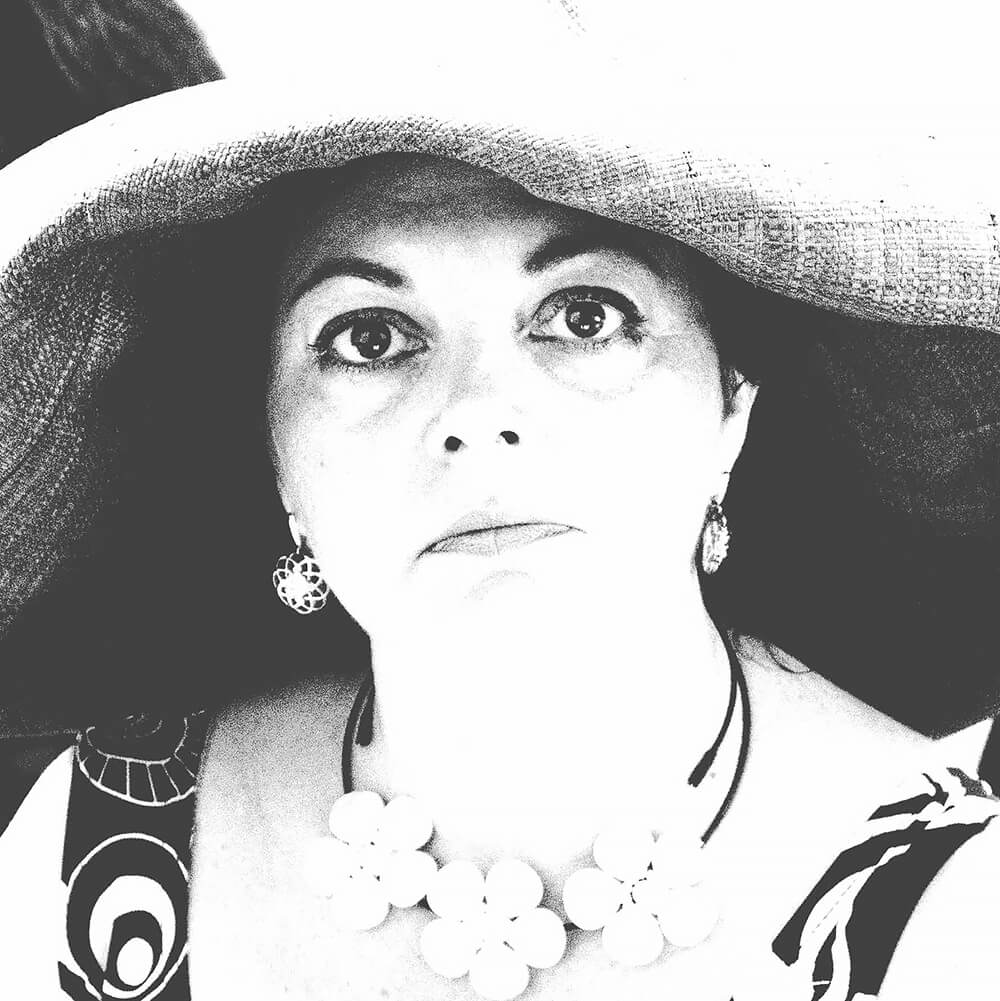Bissera Videnova is a contemporary photographer, poet, writer, and editor in her native tongue. She became interested in photography at a very young age when she had already participated in movie and television productions and wanted to be in front of and behind the camera at the same time.
Mrs. Videnova has published both poetry and prose for academic and online articles in her country. In 2012, she won the Mediterranean Women Forum with a short story. She had a collection of poems published in her native tongue (2017) She is the editor of the first book released in Bulgarian about the artist Christo and Jeanne-Claude. She translated the upcoming issue, again in Bulgarian, of Cyril Christo's poems about Christo and Jeanne-Claude's projects.
Her poems and prose were translated and published in English, Korean, Italian, Romani, and French. She participated several times in poetry readings of the Yale Poetry Club in Manhattan.
As a photographer, she participated in group exhibitions in Sofia/Bulgaria, Venice/ Italy, and Tampa/ Florida. She is a member of
FMoPA (Florida Museum of Photographic Arts), finalist of Siena International 2020,2021; BECA Photo Awards 2021; July 2020 Bissera published her first photo book "The Speed of My Life" inspired by her poem on early emotional loss.
Statement
Globalization, which overtook after the collapse of communism, the nations enclose in capsules because of the language, are the most common parts of my themes. My quests are in the dissolving of the human ego into the ego of the rest around and into the demands of society.
I am interested in both theories of time - one is that time flows linearly in our physical world and the other is metaphysical, that everything happens at the same time. Photography as an art is also relevant to the time. For me, it is not an immediate record of reality, a testimony, but a process that I go through myself first while shooting, then while editing and finally, if necessary, to manipulate the images.
I seek the real personal story and not the person as a role model. As a poet, I need wordless images that contain apparent emotionality. I try to find the detail or the anchor remaining in the unconscious after disappearing from the picture; where are the limits of individuality versus the society at large.
I am interested in my role as a bridge between the generations. Has what I have learned and what I pass on broken down somewhere on the "wire" and when communication is disrupted in the modern world, even more so now, in a time of the pandemic, are only technologies to blame? Is there a conflict between people and machines - a question I often think about and is the subject of an unfinished play?
More and more people are reaching out to photography as a means of expression. Just like poetry and prose, they are beginning to heal their emotional body by separating their personality and life from themselves and starting to look away.
The narration of yourself also contains the topics you work on and how you approach the technique. "Regarding the Pain of the Others" on Sontag is also a choice.
The books are a testament to the time and culture in which the author lives. Besides, the photographs have one more advantage - the light that can immediately unveil the secret of the photo.
